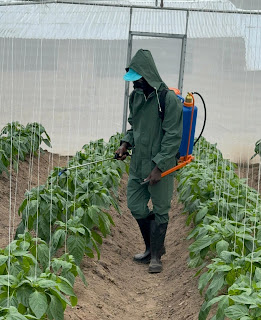CML Farms 2025 Outlook: A Year of Expansion and Innovation

As we step into 2025, CML Farms remains steadfast in its commitment to excellence in livestock farming and agricultural innovation. Based in Osun State, Nigeria, our mission is rooted in transforming local agriculture through sustainable practices, community empowerment, and cutting-edge techniques. Here’s a glimpse into what lies ahead for us this year. Scaling Operations In 2025, CML Farms is set to expand its livestock operations. By increasing our capacity, we aim to meet the growing demand for high-quality, ethically raised livestock both locally and regionally. This expansion will also create more job opportunities, directly contributing to economic growth in our community. Integrating Technology This year, we are investing in modern farming technologies to enhance productivity and efficiency. From precision feeding systems to data-driven livestock health monitoring, these innovations will help us maintain our competitive edge and deliver superior products. Strengthening Sustaina...


.jpeg)
